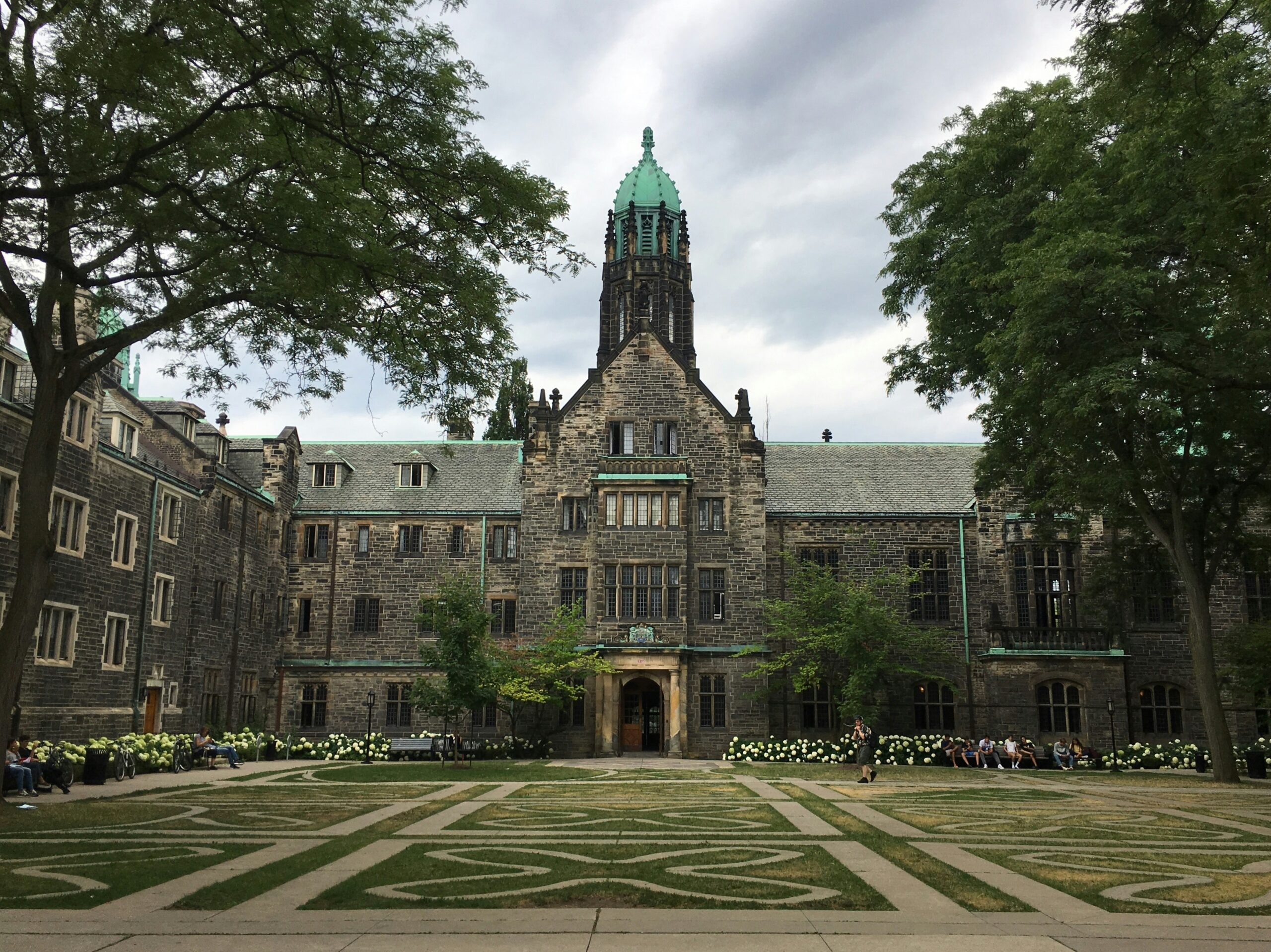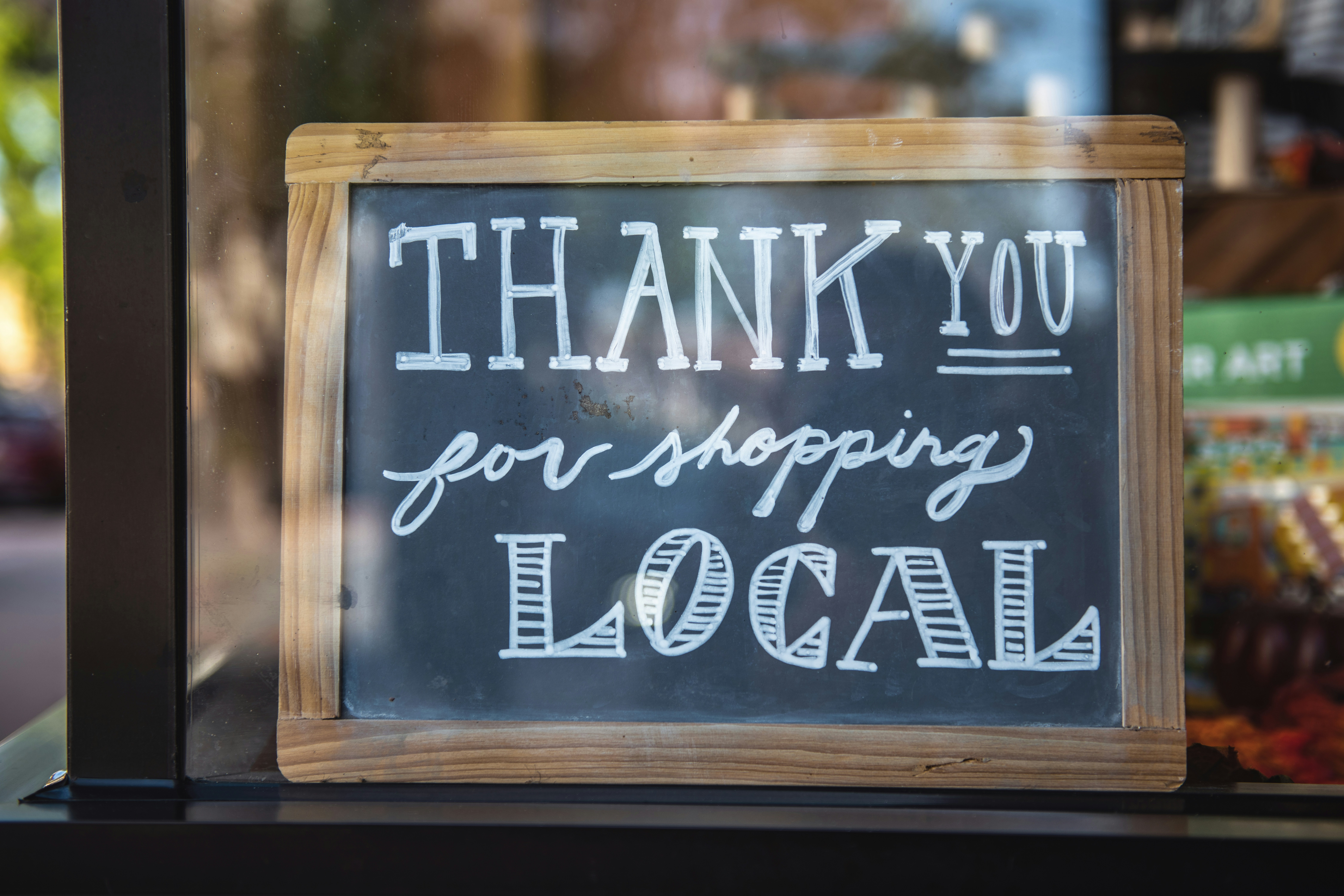
Local Economy: Strengthening Communities with Sustainable Growth
The Local Economy focuses on fostering sustainable growth, creating job opportunities, and enhancing the quality of life within a specific community or region. This approach strengthens communities’ economies by supporting local businesses, promoting entrepreneurship, and fostering collaboration among stakeholders.
We continue our series exploring alternative economic models.
Although the activity of LED embodies a clear economic focus, it is increasingly considered to be not simply about economic growth; rather it is geared ultimately towards attaining ‘a sustainable development pattern which accommodates and reconciles economic, social and ecological issues and objectives.”
Ruecker & Trah, 2007 in Christian M Rogerson & Jayne M Rogerson (2010)
The Local Economic Development (LED) model is a bottom-up approach to development. It aims to keep money circulating within the community, maximising economic impact and resilience while prioritising metrics like household income, job creation, and quality of life. According to the World Bank, LED is:
…a process by which public, business and non-governmental sector partners work collectively to create better conditions for economic growth and employment generation.”
Locked in: Key benefits of the Local Economy
Supporting Local Businesses
Encouraging residents to shop locally and support community services helps keep money within the region. Studies consistently show that spending at local businesses has a greater economic impact than spending at large chain stores. For example, a study by Civic Economics found that $100 spent at a local business generates 70% more local economic activity than the same amount spent at a chain retailer. Similarly, another study revealed that local retailers return 52% of their revenue to the local economy, compared to just 14% for chain stores. This local spending helps build a resilient economy and provides stability for local employment.

Sustainable Resource Management
Improve progressively, through 2030, global resource efficiency in consumption and production and endeavour to decouple economic growth from environmental degradation…”.
SDG Target 8.4
LED strongly emphasises sustainability, focusing on local sourcing, reducing reliance on long-distance transportation, and minimising carbon emissions. Communities that embrace LED often implement community-based natural resource management strategies, which empower local residents to protect their environment and ensure long-term sustainability. Additionally, LED can promote eco-tourism, creating jobs and generating income while safeguarding natural areas. Moreover, by aligning with the principles of the circular economy, LED fosters a more sustainable and resilient future.
Anchor Institutions and Community Wealth Building
Major institutions like hospitals, universities, and local governments play a crucial role in LED by providing stable employment and supporting local businesses. Known as “anchor institutions,” they contribute to long-term economic stability. Community wealth-building strategies, such as worker-owned cooperatives and community land trusts, help ensure that wealth generated within the community stays there, fostering more equitable development and sharing the benefits more broadly.

Strengthening Financial Foundations
Supporting local financial institutions, such as community banks and credit unions, ensures that money is reinvested locally. These institutions fund small businesses, offer community loans, and provide accessible financial services, all of which are essential for community-driven economic development. This investment in the local economy provides a foundation for small business growth and economic resilience.
Increasing Local Spending and Economic Resilience
When money circulates within the community, it creates a multiplier effect, benefiting multiple local businesses and individuals. This helps bolster the local economy and generates revenue for public services, infrastructure, and community well-being.
Furthermore, local economies driven by community-based spending are better equipped to withstand economic downturns and global market shocks, as shown during the COVID-19 pandemic when global supply chains faced significant disruptions.
They have a strong track record in moving funds quickly and flexibly in response to natural disasters such as typhoons or earthquakes, as well as to other crises such as the COVID-19 pandemic.”
World Bank
Addressing challenges in a post-covid world
While LED offers many advantages, communities may face challenges when trying to balance local development with global market participation. Scaling local initiatives and competing with large corporations can be difficult, especially in smaller communities with limited resources. The LED model encourages local governments to tap into their unique strengths and resources through strategic planning, partnerships, and community involvement.
As the world moves forward from the pandemic, local economic development offers a pathway to recovery. Communities that invest in locally-driven economic models can build resilience and foster sustainable growth. This calls for innovative approaches that prioritize people and the planet, focusing on creating wealth that benefits everyone.


